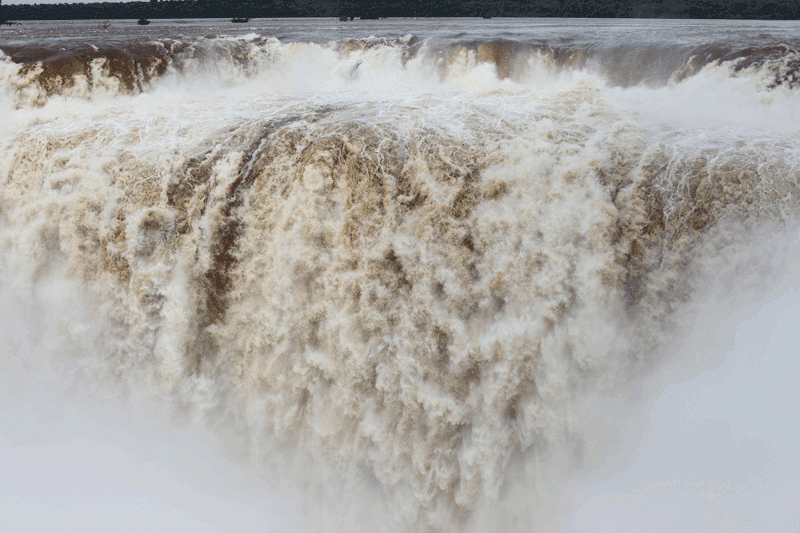Tate Modern, London, 15 February – 11 June 2017
As the show’s title reminds us, it is ‘2017’. Many things have changed since the last Tate survey of Wolfgang Tillmans’s work, in 2003. In the wake of last year’s ‘Brexit’ vote in particular, this celebration of the first foreign-born winner of the Turner Prize has a particular, timely resonance. What hasn’t changed, however – on the evidence of this exhibition – are Tillmans’s subjects. Friends, plants, casual views of exotic locations (Buenos Aires, Yazd, Addis Ababa), food, the way clothes hang, transport, the fall of light across a room – the things that interest him are the same things that always have; the same things, on the whole, that Instagram-users are interested in too. As on that app, the idea of a life that often emerges out of these captured moments is one of which I find myself jealous. It’s the great streak of pale sunshine slanting across an interior in Miracles of Life (2009) that arrests me, but I find myself lingering on the room’s good wooden furniture and piled Persian rugs. The problem may be mine. I’ve never fully separated Tillmans’s work from his life, or my idea of it; however brilliant his art, it’s only ever mattered to me as much as he has, his life a model of how to be in the world: tough but sensitive, cool but committed, serious but hedonistic.
Tillmans’s own image rarely appears here (while the gallery permits photography, the exhibition leaflet specifies ‘no selfie-sticks’), but the gregariousness of the curating – which features a rare videowork, a live programme, ephemera from the artist’s Berlin-based project space, juvenilia like a foray into garment design and an inexplicable gong sculpture – reveals the artist in a surprising number of dimensions; he even codesigned the catalogue.
A parallel sense of generosity is felt in Tillmans’s photographs: this show demonstrates (pretty much as the 2003 one did) that he attends to water sprayed from a drainpipe with as much care he does a sky full of stars. The title subject of Weed (2014), displayed as a print several metres high, soars like a cathedral spire (is producing a print at this scale an awesome feat? I assume so, but with its minimal exposition, this exhibition is not the place to understand technique); a humble pear, backlit, glows like Uluru at dawn. These images’ primary – only? – register is wonder; the world seems too full of grandeur for it to be any other way. Adjust the crop of the waterfall in Iguazu (2010) and it could be a spread in National Geographic; for all its titular disdain, even the construction-site study Shit buildings going up left, right and centre (2014) makes a pretty enthralling vista: a warm-hued study of pattern and planes. Even when he eschews representation, working without cameras, the results – as with the Greifbar series, in which abstract marks spread sporelike across cloudy colour fields – are a numinous sublime.
It’s not all signs and wonders: the simultaneously earnest and puckish Truth study center (2005–) assembles news clippings, documents, Tillmans’s photographs and found images to evoke a bewildering media landscape, inviting us to question the production of ‘factual’ narratives, and images’ role within it. In the final room, a similar installation, Time Mirrored 3 (2017), displays Tillmans’s photographs with observations of historical distance: ‘The end of the Cold War is now as long ago as the end of WWII was in 1970’, for example. A statement of how elusive progress can seem, it also suggested the expansive potential for change in any span of time. Accordingly, hung nearby are images of sites where change is due (Lampedusa, Gaza), or that suggest unpredictability (an abeyance of waves, a clear horizon). For a moment, the world feels upliftingly mutable. The exhibition’s takeaway, after 14 crowded rooms, is one pretty familiar to Tillmans fans – the world is strange, confusing, fragile, but fundamentally wonderful. Still, in 2017, hope is no negligible thing. Next to the exit door is a grid of four photographs of apples, growing on the branch in different seasons. Sometimes ripeness is all.
From the April 2017 issue of ArtReview
